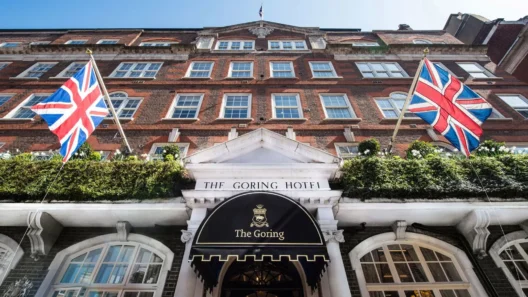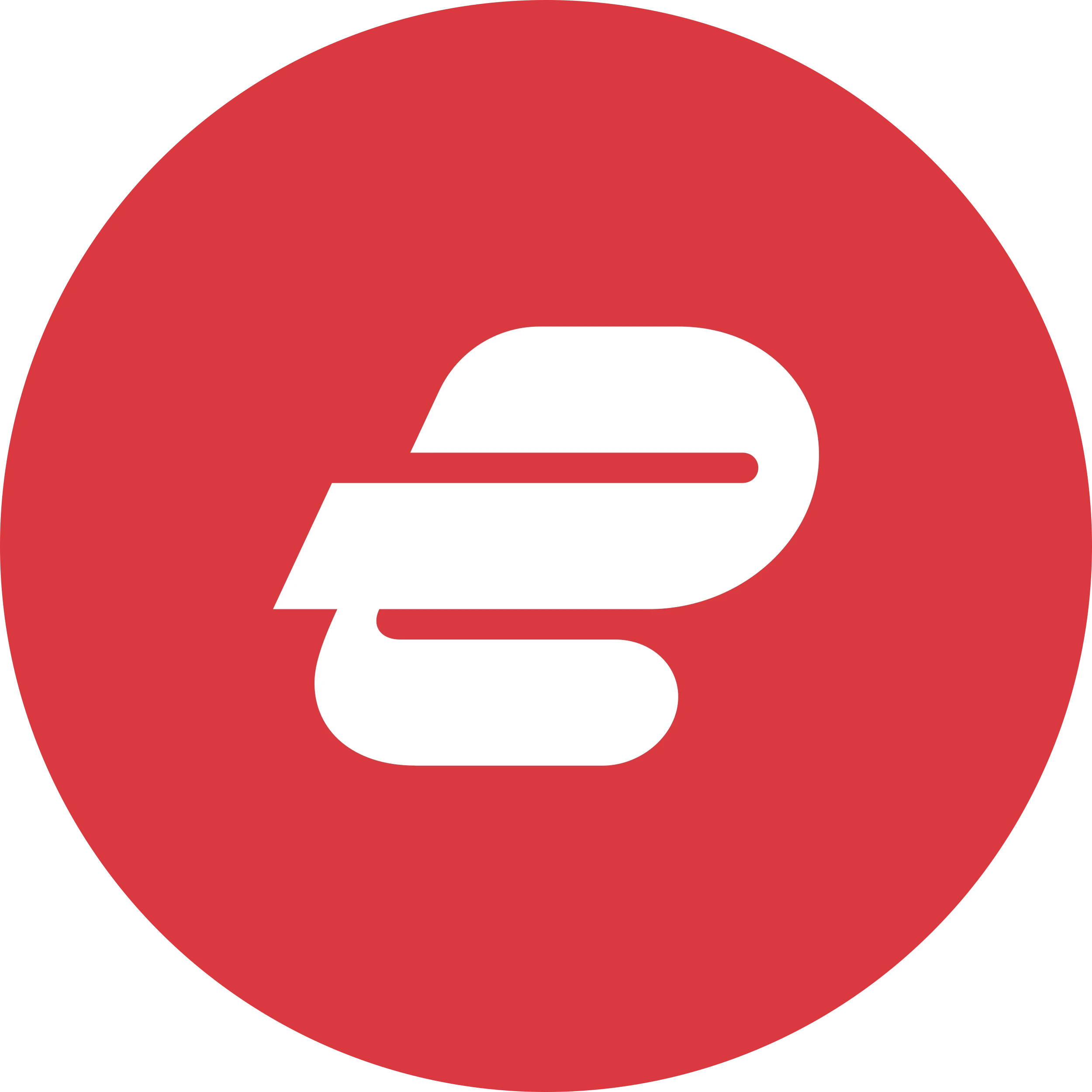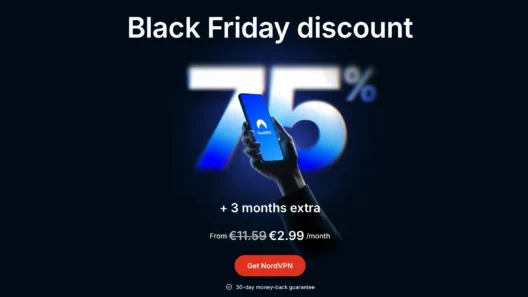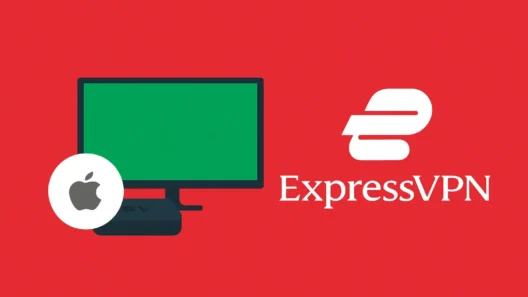Invisible pages on your website? That’s exactly what orphan pages are — silently draining your site’s traffic and SEO potential. I ignored them for a long time myself, until I realized I had great content that barely anyone was reading. That’s when AIOSEO stepped in.
What Exactly Are Orphan Pages?
In simple terms, they’re pages on your site that have no internal links pointing to them. No one visits them because no one can find them. Worse yet, neither can Google. It’s the kind of content you write, publish… and forget.
Orphan pages can be harmless — like a test page or an old draft. But when it’s content that matters to you (say, an important article or a product page), you need to bring it back into the spotlight. Without internal links, there’s no way users or search engines will find it.
How to Find Orphan Pages with AIOSEO (And Why It’s Brilliantly Simple)
I’m using the paid version of AIOSEO, and I’ve got to say — their Link Assistant is a game changer. Once you enable it (just head to AIOSEO’s Feature Manager and flip the switch), a whole new world opens up.
Go to AIOSEO > Link Assistant and click on the Orphaned Posts tab. There it is. A full list of all your site’s orphan pages. You might be surprised by how many are lurking there.
You’ll see a neat table: page title, publish date, the number of internal links (which, of course, will be zero for orphans), and — most importantly — internal link suggestions.

And here’s the magic. You don’t have to manually hunt for places to link from. AIOSEO shows you exactly:
- Which article should link to the orphan.
- Which phrase in the content should be used.
- And with one click, the link gets added. Seriously. No need to open the post manually.
How It Works in Practice (Including Editing Anchor Text)
For instance, I had an orphan page about adding emojis to WordPress. I opened the suggestions, and Link Assistant recommended linking from a post about blog customization, using the phrase “add personality with emojis.” Perfect.
One click on Add Link and it was done. If the anchor text doesn’t quite fit, just click the pencil icon, choose a different phrase, and you’re good to go. I haven’t seen a faster method.
Not Every Orphan Page Deserves to Be Saved
Let’s be honest — some orphan pages belong in the trash. Examples?
- Test pages you forgot to delete.
- Product pages for items you no longer sell.
- Weak content that’s not worth keeping.
In those cases, I recommend two options:
- Delete (and use AIOSEO’s Redirection Manager to point the old URL somewhere relevant).
- Or merge the content with a better post and redirect the old page.
Here’s the key: no URL should just vanish without a redirect. Not just for users, but for SEO as well.
How Many Internal Links Is Enough?
Everything can be overdone — internal links included. If every page links to everything else, it loses meaning. Google relies on your site’s internal structure to figure out what’s important and how topics relate.
If each article links to fifty others, Google can’t tell what matters most. And users won’t love it either — a page overloaded with links just feels messy.
My rule? Link naturally. Wherever it makes sense. If you see an older post that deserves more attention, find a few articles where it fits to link to it — and do it thoughtfully.
Why Orphan Pages Are an SEO Nightmare
Without internal links, both bots and people are blind to your page. It might be listed in your sitemap, but if nothing links to it, no one’s finding it — not even Google. Plus, these pages don’t get any link juice — the SEO power passed along by other pages.
Imagine an orphan page like a guest at a party who arrived alone and knows no one. Others have friends introducing them, but this one just stands quietly in the corner. No connections, no trust.
Internal links offer context, trust, and relevance. Most importantly, they signal to search engines that the page deserves a place in the search results. Without them, that page will stay in the corner. And that’s not where you want your content.
Bonus Tips From Experience (That’ll Save You Time and Headaches)
🔁 New pages = new orphans – Most new content starts off as orphaned. That’s why it’s smart to open Link Assistant once a month and check what’s new.
📅 Build a routine – Set aside 15 minutes on the first Monday of each month to go through the suggestions in Link Assistant. Internal linking is core to SEO, and this is the fastest way to stay on top of it.
⚠️ Migrating your website? Watch for orphans – When moving from another CMS (like Drupal to WordPress), you can easily end up with dozens of new orphaned pages. Use tools like Screaming Frog and carefully map every URL.
🤷♂️ Don’t want a page to be visible? Use noindex – Like with PPC landing pages that aren’t meant to appear in navigation or search engines. AIOSEO handles this elegantly too.
Final Thoughts – Why I Wouldn’t Use AIOSEO Without Link Assistant
In my opinion, Link Assistant is one of the most valuable tools in the entire AIOSEO suite. It saves me hours every month, helps me manage important pages more effectively, and gives me a much better overview of what’s happening across my site.
If you want to get the most out of your WordPress site, I think AIOSEO (especially the paid version with Link Assistant) is one of the smartest investments you can make. Especially if you’d rather avoid spreadsheets, Ahrefs, and hours of manual detective work. This just works. And it works fast.
👉 So now you know everything you need to find and fix orphan pages effectively — and make sure they don’t multiply behind your back again.











